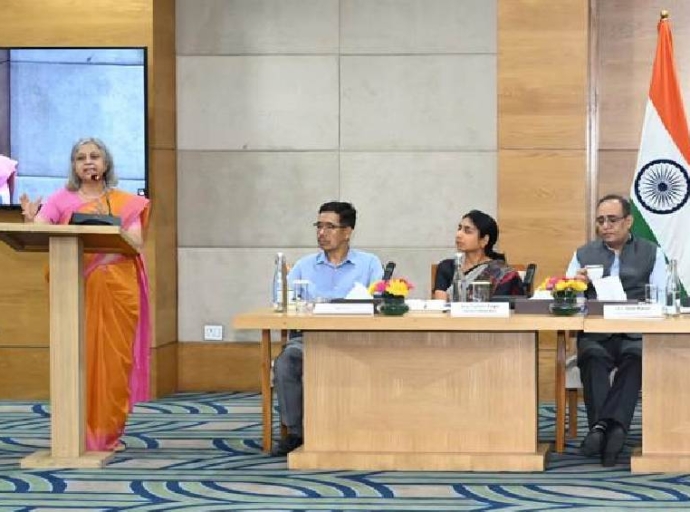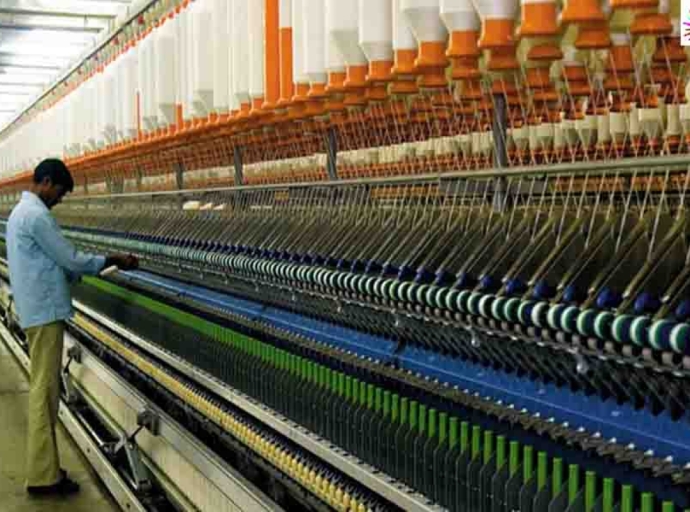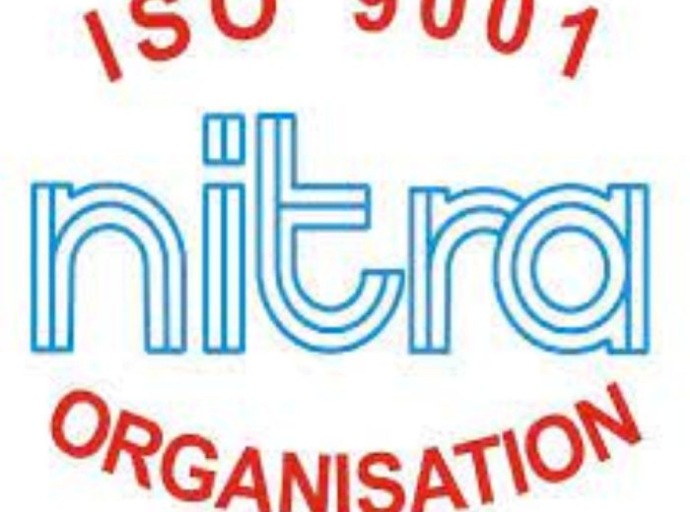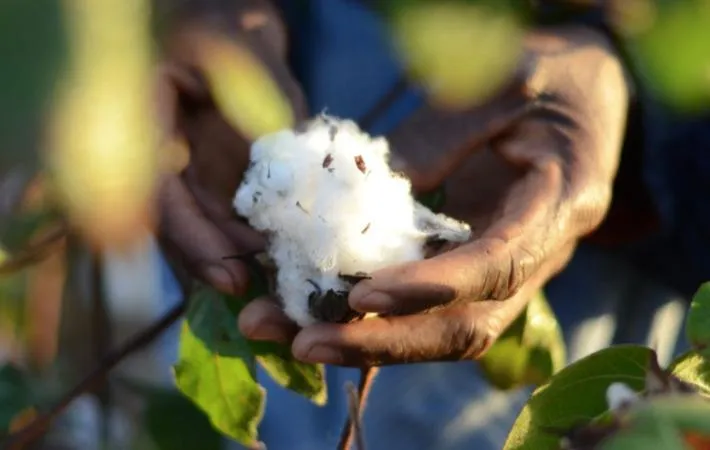The India Handloom Brand (IHB) was launched on August 7, 2015, by Prime Minister Narendra Modi during the celebration of the first National Handloom Day. This initiative was designed to create a unique identity for hand-woven textiles and promote their value in both domestic and international markets. The brand ensures high-quality standards, discourages the use of child labour, and complies with environmental norms to build customer trust. With a focus on promoting ‘zero defect and zero effect’ products, IHB aims to empower the handloom sector and benefit both producers and consumers.
Digital certification and traceable labels
The Textiles Committee (TC) has been entrusted with implementing the IHB by handling registrations, certifications, and sample testing for conformity assessment. A fully digital platform through the dedicated website www.indiahandloombrand.gov.in enables applicants to register and receive certification seamlessly.
To enhance traceability and authenticity, IHB products carry a specially designed label that includes a logo and a QR code. This QR code features a unique 13-digit code that reflects specific aspects of registration, allowing registered users to easily verify and market their certified products. This traceable labeling system helps consumers confidently identify genuine handloom items, safeguarding the traditional textile industry from imitation and ensuring transparency across the supply chain.
Boosting consumer confidence and weaver welfare
The India Handloom Brand offers a wide array of benefits to stakeholders across the value chain. Products registered under IHB are distinguished by superior quality, eco-friendliness, and adherence to social accountability standards. They are produced using azo-free dyes, ensuring consumer safety and environmental protection. Consumers purchasing IHB-labelled products are assured of authenticity and high quality.
The scheme includes products covered under the Handloom Reservation Act, those registered under the Geographical Indications (GI) Act of 1999, and other handloom goods approved by the certification committee. IHB also aims to boost the demand for traditional handloom products among the youth and tap into export markets with high growth potential. By doing so, it increases weavers' earnings and encourages the continuation of age-old weaving traditions using high-quality yarns and non-toxic dyes.
Expanding market access and visibility
The India Handloom Brand opens new opportunities for bulk buyers and exporters to procure high-quality, certified handloom fabrics tailored to specific designs. Weavers benefit by gaining access to orders at better prices, thus enhancing their livelihoods. The government’s active promotion of the IHB label further supports both manufacturers and consumers by expanding awareness and generating demand for genuine handloom products.
The brand acts as a hallmark of excellence, offering sustainable and ethical textile choices for customers while ensuring that the artisans behind these creations receive the recognition and compensation they deserve. Consumers are encouraged to look for the IHB label while purchasing handloom products, ensuring their support for traditional craftsmanship and ethical production.





































